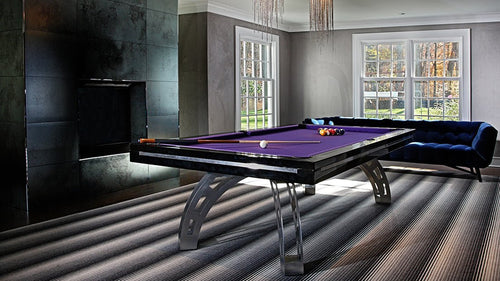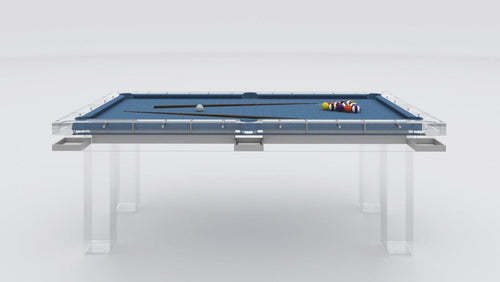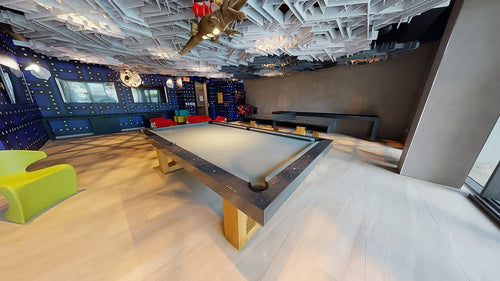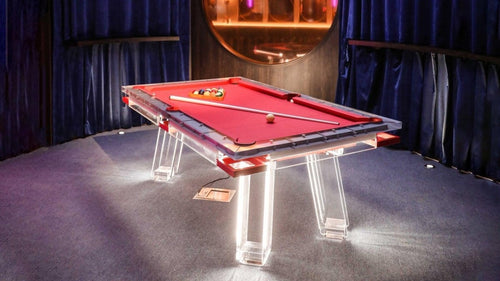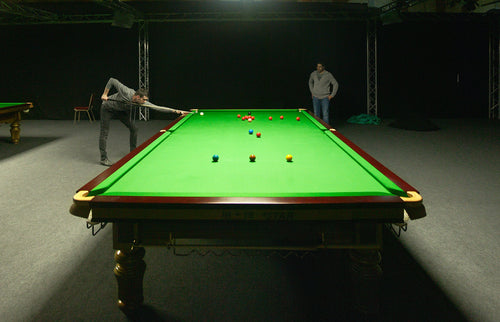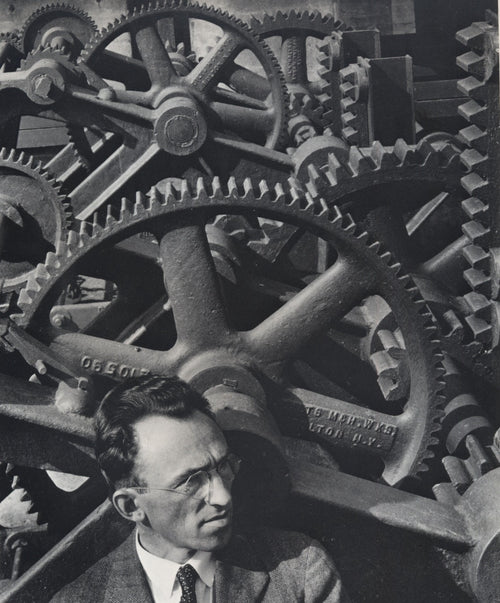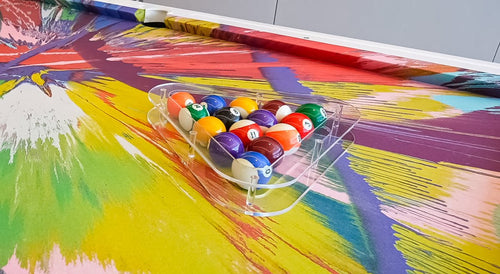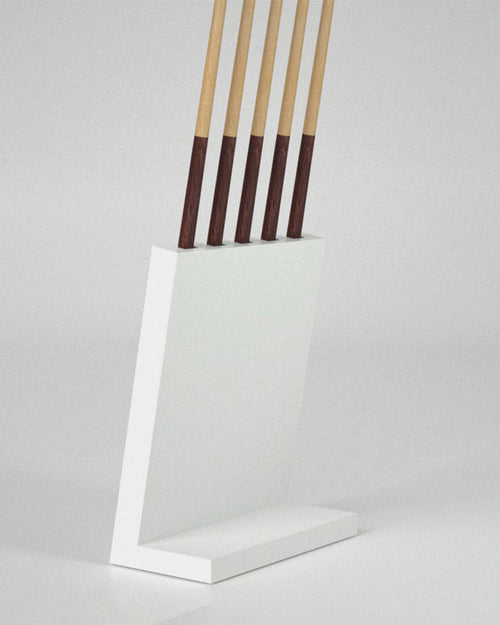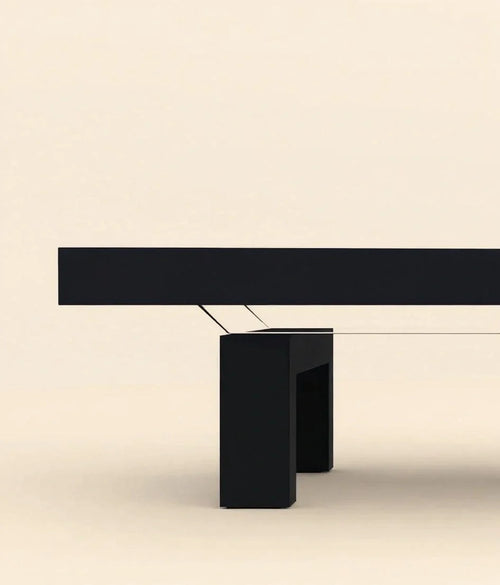Enjoy our modern designs
Estimated Read Time: 4 mins |
Introduction
Once the marquee discipline of American carom billiards, Balkline games demanded surgical precision and deep tactical insight. Today they’re largely forgotten, but during their heyday in the late 19th and early 20th centuries, Balkline champions were revered for runs that defied belief—and rules were specially crafted to challenge their genius.
What Is Balkline?
Unlike Straight Rail—where scoring became dominated by spot play—Balkline introduced boundary lines (“balks”) drawn parallel to each rail. These lines partitioned the table into regions; you could only score a limited number of points within any region before needing to drive balls out into another. This rule forced players to vary position play and prevented endless rail-based scoring.
Historical Significance
Balkline reigned supreme in U.S. carom circles from the 1880s through the 1920s. Its multiple regional and world championships cemented its status alongside emerging three-cushion contests and popular pocket games like 14.1 Continuous. Specialized variants—18.2, 18.1, 28.2, 71.2—reflected tweaks in balk distances and point limits, each offering its own strategic flavor.
The Legends of Balkline
- Jake Schaefer Sr.: His uncanny ability to rack up unbroken series prompted rule changes across the sport.
- Jake Schaefer Jr.: Crowned the greatest American Balkline artist, he set records in 18.2 (400 from the break!), posted match averages over 90, and remains legendary for his high-run feats.
- Willie Hoppe: Later famed in three-cushion, Hoppe claimed multiple world titles in both 18.1 and 18.2.
- George F. Slosson & George B. Sutton: Among the other world champions whose play defined an era.
Why Balkline Faded
As three-cushion billiards and televised pool gained traction, Balkline’s precise boundary-based tactics lost popular appeal. The demand for more dynamic, crowd-pleasing shots and simpler rules pushed Balkline into the shadows. Today, its dense rule set and vanished tournament circuits relegate it to historic footnotes—yet its influence lingers in modern cue sports’ emphasis on position play.
Legacy & Influence
Though Balkline tables have long been cleared away, the game’s core innovations—region-based scoring limits and relentless positional rigor—echo in training drills, straight-pool strategies, and the discipline required for high-run play. Its legends inspire cueists who value the cerebral over the spectacular, reminding us that billiards once thrived as a battleground of geometric mastery.



